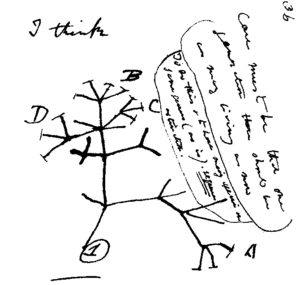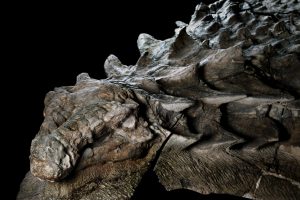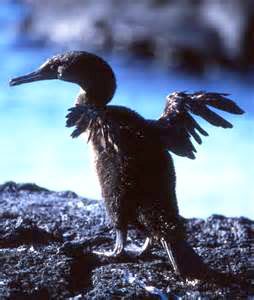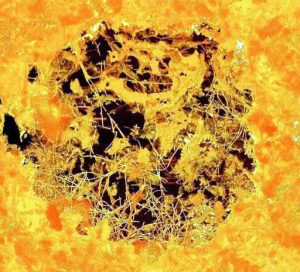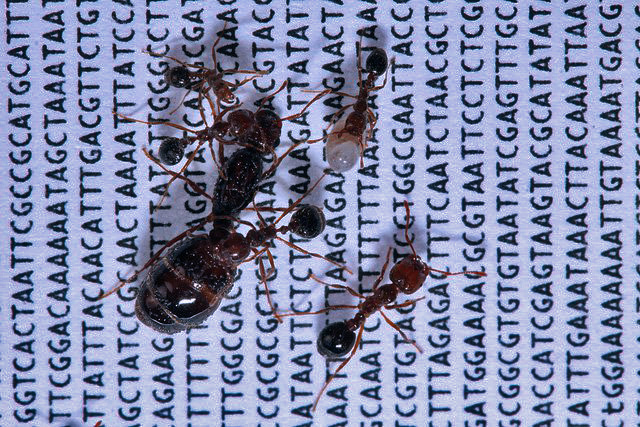by Richard William Nelson | Sep 17, 2020
 Public schools require the teaching of evolution as a scientific theory. Amazingly, no science organization in the twenty-first century has successfully developed a scientific consensus on evolution.
Public schools require the teaching of evolution as a scientific theory. Amazingly, no science organization in the twenty-first century has successfully developed a scientific consensus on evolution.
Science organizations have a privileged responsibility for developing and publishing a consensus on important issues. While a scientific consensus is not synonymous with absolute truth, it guides the public on what is considered scientifically valid.
Science Organizations
Eighteen science organizations, from the American Association for the Advancement of Science (AAAS) to the American Medical Association (AMA), currently have a consensus statement on climate change. While the consensus on climate change from leading science organizations is silent on a scientific consensus on evolution, the message is clear.
Continue Reading
by Richard William Nelson | Mar 10, 2020
 The fate of Charles Darwin’s finches is a fascinating saga. Far from England on the equator in the Pacific Ocean lying more than 800 miles off the west coast of Ecuador, the finches Darwin captured on the Galapagos Islands (pictured left), except for one tag, are now missing. As one of the most controversial birds in modern history, the fate of Darwin’s finches belies their current iconic status.
The fate of Charles Darwin’s finches is a fascinating saga. Far from England on the equator in the Pacific Ocean lying more than 800 miles off the west coast of Ecuador, the finches Darwin captured on the Galapagos Islands (pictured left), except for one tag, are now missing. As one of the most controversial birds in modern history, the fate of Darwin’s finches belies their current iconic status.
Reaching the Galápagos Islands on September 15, 1835, more than four years after leaving England, the HMS Beagle started preparations to set sail from the island just five weeks later. Darwin had collected many different types of specimens during that time, some weighing up to 500 pounds each. Although typically an avid collector and note-taker, Darwin surprisingly did not record the number of finches collected nor the number loaded onto the ship.
Continue Reading
by Richard William Nelson | Jan 25, 2020
 “We humans have many vestigial features proving that we evolved,” argues Jerry A. Coyne, Ph.D. (pictured left), biology professor at the University of Chicago. Coyne is the author of the book Why Evolution is True. Vestiges are biological features thought to be evolution relics. Scientific evidence, however, is critical; are evolution vestiges fact, or fiction?
“We humans have many vestigial features proving that we evolved,” argues Jerry A. Coyne, Ph.D. (pictured left), biology professor at the University of Chicago. Coyne is the author of the book Why Evolution is True. Vestiges are biological features thought to be evolution relics. Scientific evidence, however, is critical; are evolution vestiges fact, or fiction?
Aristotle (384–322 BC) originated the vestiges theory. Even though WIKIPEDIA considers the theory as “controversial and not without dispute,” the carte blanche use of vestiges continues as supporting evidence for the popular “evolution is true” argument.
Recent advances in biotechnology, however, are challenging the scientific validity of the evolution vestiges theory.
Continue Reading
by Richard William Nelson | Oct 22, 2019
 Dinosaurs found in unexpected places. In 1933, the Sinclair Oil Corporation sponsored an exhibit at the World’s Fair in Chicago. The Earth’s oil reserves, it was thought, formed during the era of the dinosaurs–the Mesozoic Era.
Dinosaurs found in unexpected places. In 1933, the Sinclair Oil Corporation sponsored an exhibit at the World’s Fair in Chicago. The Earth’s oil reserves, it was thought, formed during the era of the dinosaurs–the Mesozoic Era.
The exhibit was so popular, a silhouette of a green dinosaur, a Brontosaurus, became Sinclair’s official logo (pictured left). Gaining popularity a few decades later, at the New York World’s Fair in 1964, Sinclair introduced their expanded exhibit, called Dinoland, featuring life-size replicas of nine different dinosaurs, including their signature 27-foot tall and 70-foot long Brontosaurus. Admission was free.
Continue Reading
by Richard William Nelson | Apr 3, 2019
 Within just months of returning from a 5-year voyage on the HMS Beagle, Charles Darwin was quick to start working on a new theory in what he called his “notebooks.” The year was 1837. Etched in a leathery notebook with the letter “B” on the cover, now known as Notebook B, with Darwin’s tree diagram.
Within just months of returning from a 5-year voyage on the HMS Beagle, Charles Darwin was quick to start working on a new theory in what he called his “notebooks.” The year was 1837. Etched in a leathery notebook with the letter “B” on the cover, now known as Notebook B, with Darwin’s tree diagram.
Starting with “1” at the tree trunk, the twigs and branches represent relationships between species, like a family tree. Species were indicated with sequential letters; simple enough.
Scientists, however, have become increasingly skeptical of Darwin’s tree metaphor to explain how biology works. “Evolution is trickier, far more intricate, than we had realized,” David Quammen explains in his new book entitled The Tangled Tree (2018). Somehow, Darwin’s tree got tangled. What happened?
Continue Reading
by Richard William Nelson | Jan 26, 2018
 The industry’s longest-running research experiment reached a milestone in October, studying the evolution of more than 68,000 generations.
The industry’s longest-running research experiment reached a milestone in October, studying the evolution of more than 68,000 generations.
Biologist Richard Lenski (pictured right below) initiated the now legendary experiment in his laboratory early in 1988, using 12 flasks seeded with genetically identical bacteria known as Escherichia coli (E. coli).
Since then, the bacteria have been growing in a carefully measured solution of glucose, a type of sugar—”food” for bacteria. Each flask contained a sparse amount of glucose to create a stressful environment, along with a high concentration of citrate, a molecular cousin of glucose, which pushed the bacteria to adapt. Since 1988, Lenski’s laboratory team has transferred a small sample of the new 50 mL Erlenmeyer flasks every day.
Continue Reading
by Richard William Nelson | Sep 28, 2017
 The armored dinosaur fossil, preserved in exquisite detail and unearthed in a western Canadian oil sand mine, highlights the new daunting challenges facing the theory of evolution.
The armored dinosaur fossil, preserved in exquisite detail and unearthed in a western Canadian oil sand mine, highlights the new daunting challenges facing the theory of evolution.
This stunningly preserved fossil is shattering long-standing paradigms. “The more I look at it,” said Michael Greshko, science writer for National Geographic, “the more mind-boggling it becomes.”
Caleb Brown (picture-right), a paleobiologist at the Royal Tyrrell Museum, where the fossil was placed on exhibit in August, explained to Greshko,
“We don’t just have a skeleton… We have a dinosaur as it would have been.”
Continue Reading
by Richard William Nelson | Jul 1, 2017
 In 1835, the Galapagos Islands piqued a young British naturalist’s endless curiosity. Equipped with technologies not much beyond a clock, compass, measuring tape, scale, thermometer, clinometer, and microscope, the experience eventually propelled Charles Darwin to propose a new world-shattering theory of evolution in his 1859 book, The Origin of Species.
In 1835, the Galapagos Islands piqued a young British naturalist’s endless curiosity. Equipped with technologies not much beyond a clock, compass, measuring tape, scale, thermometer, clinometer, and microscope, the experience eventually propelled Charles Darwin to propose a new world-shattering theory of evolution in his 1859 book, The Origin of Species.
Since then, technological advances have revolutionized scientific investigations, upending Darwin’s finches with a new Galapagos icon of evolution.
Continue Reading
by Richard William Nelson | May 24, 2017
 Ancient fungal clues recently discovered off the coast of South Africa further stretch the boundaries of the theory of evolution.
Ancient fungal clues recently discovered off the coast of South Africa further stretch the boundaries of the theory of evolution.
Birger Rasmussen, a geology professor at the Western Australian School of Mines, was drilling at a depth of 2,600 feet for the purpose of dating the ancient submarine lava in the Ongeluk Formation, estimated to be 2.4 billion years old in Northern Cape Province of South Africa, when he unexpectedly noticed what appeared to be microfilaments (pictured).
“I was startled to find a dense mesh of tangled fossilized microbes,” Rasmussen said in an interview with LiveScience writer Jerry Redfern last month. To Marlowe Hood, writing for Phys.org, Rasmussen recalled that “My attention was drawn to a series of petrified gas bubbles, and when I increased the magnification of the microscope, I was startled.” The bubbles were “filled with hundreds of exquisitely preserved filaments that just screamed ‘life.’” In the words of Science Alert writer Peter Dockrill, “It’s raising some big evolutionary questions.”
Continue Reading
by Richard William Nelson | Mar 31, 2017
 The behavioral evolution in the red fire ant species, which has two distinct types of colonies —one with a single queen and one with multiple queens —has long puzzled biologists. An invisible border seems to exist between the two. The male ants quickly destroy the Queen ants that happen to wander between colonies. To understand what evolutionary mechanisms might be at play, molecular scientists have recently turned to the genome.
The behavioral evolution in the red fire ant species, which has two distinct types of colonies —one with a single queen and one with multiple queens —has long puzzled biologists. An invisible border seems to exist between the two. The male ants quickly destroy the Queen ants that happen to wander between colonies. To understand what evolutionary mechanisms might be at play, molecular scientists have recently turned to the genome.
At Queen Mary University of London, a team of biochemists led by Rodrigo Pracana (pictured below) sequenced the whole genome in both colony types to examine the genetic difference between the two types of colonies – SB and Sb. Surprisingly, rather than finding “slight, successive changes” as predicted by Charles Darwin’s theory of evolution, they discovered the two genes to be “highly divergent” from each other.
Continue Reading
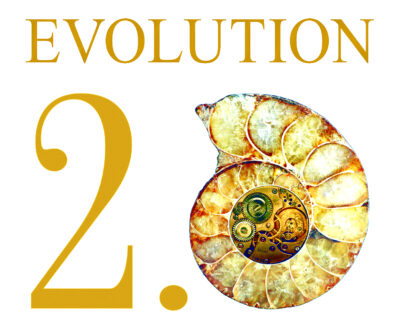 Public schools require the teaching of evolution as a scientific theory. Amazingly, no science organization in the twenty-first century has successfully developed a scientific consensus on evolution.
Public schools require the teaching of evolution as a scientific theory. Amazingly, no science organization in the twenty-first century has successfully developed a scientific consensus on evolution.
 The fate of
The fate of 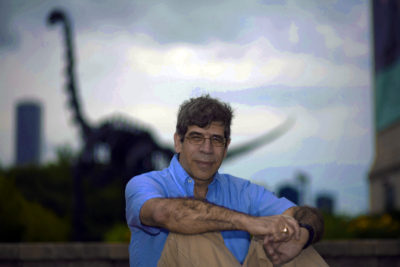 “We humans have many vestigial features proving that we evolved,” argues
“We humans have many vestigial features proving that we evolved,” argues  Dinosaurs found in unexpected places. In 1933, the
Dinosaurs found in unexpected places. In 1933, the 